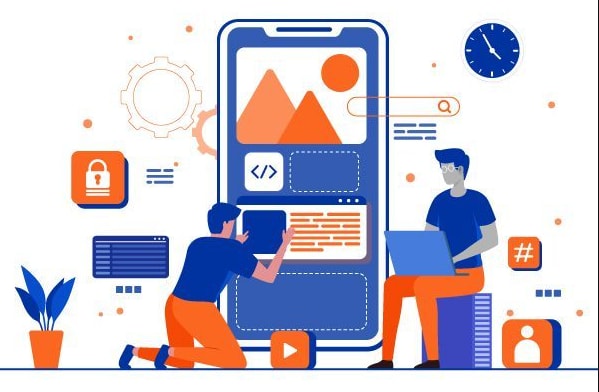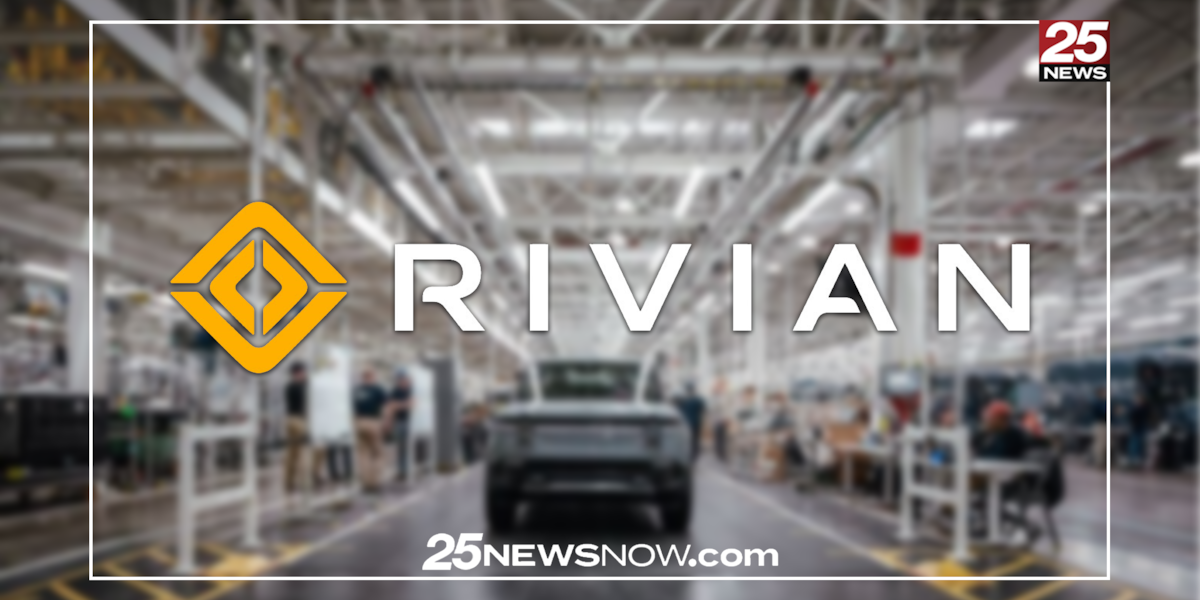Atomic Streamlines Mobile Acceptance-Test Generation, Achieving 93.3% Quality From Requirements And Code Changes

Mobile application acceptance testing presents a major challenge in modern software development, slowing down the release of updates and new features. Pedro Luís Fonseca, Bruno Lima, and João Pascoal Faria from the University of Porto and INESC TEC address this bottleneck with a novel automated framework, AToMIC, which generates essential testing components directly from software requirements and recent code changes. This system significantly reduces the manual effort traditionally required to create and maintain acceptance tests, producing executable test scripts in a matter of minutes. Applied to BMW’s MyBMW app, a complex 170+ screen codebase, AToMIC delivers high-quality test artifacts with impressive success rates, and practitioners report substantial time savings, often a full developer-day per feature, demonstrating its potential to transform industrial mobile application development.
AToMIC Automates Mobile App Acceptance Testing
Scientists have developed AToMIC, an automated framework that significantly streamlines acceptance testing for mobile applications, particularly those built using the Flutter framework. The work addresses a critical bottleneck in modern software development by automating the creation of essential test artifacts directly from requirements and recent code changes. Applied to BMW’s MyBMW app, a complex codebase encompassing over 170 screens, AToMIC generated executable test artifacts in under five minutes per feature using standard hardware, demonstrating a substantial reduction in test creation time. Rigorous evaluation revealed high artifact quality, with 93.
3% of generated Gherkin scenarios being syntactically correct upon generation and 78. 8% of PageObjects running without requiring manual edits. Importantly, 100% of the generated UI tests executed successfully, confirming the reliability of the automated process. The MyBMW application utilizes a three-tiered architecture, UI, domain, and data layers, built with Flutter and Dart. The team integrated AToMIC with the existing test infrastructure, which employs Flutter Driver for robust interaction with Flutter widgets via unique ValueKey identifiers.
UI tests are implemented in Kotlin, following the Page Object design pattern, where each app screen is abstracted as a dedicated class encapsulating UI elements and user interactions. This integration allowed for seamless automation of test creation and execution within the existing CI/CD pipelines, further demonstrating the practical applicability of AToMIC in a production environment. Practitioners reported significant time savings, often a full developer-day per feature, and expressed strong confidence in adopting the approach, validating AToMIC as a scalable and practical solution for industrial mobile projects.
AToMIC Generates Mobile App Tests From Code
Researchers developed AToMIC, an automated framework that generates essential test components, Gherkin scenarios, Page Objects, and executable UI tests, directly from requirements documentation and recent code changes. The system leverages locally deployed large language models to translate these inputs into functional test artifacts, integrating seamlessly into existing CI/CD pipelines. Evaluation using the MyBMW app, a 170+ screen codebase, demonstrated AToMIC’s effectiveness across thirteen identified issues. The generated artifacts exhibited high quality, with over 93% of Gherkin scenarios being syntactically correct and 100% of UI tests executing successfully.
Practitioners reported substantial time savings, often equivalent to a full developer-day per feature, and expressed strong confidence in adopting the approach. These results confirm AToMIC as a practical and scalable solution for streamlining acceptance test creation and maintenance in industrial mobile projects. Future research will focus on expanding AToMIC’s capabilities, including improving Page Object generation for complex user interface elements and exploring the use of more powerful language models while maintaining data privacy. Broadening the framework’s applicability to platforms beyond Flutter represents another key area for development, with the ultimate goal of significantly reducing manual effort and improving collaboration in industrial software engineering.
👉 More information
🗞 Streamlining Acceptance Test Generation for Mobile Applications Through Large Language Models: An Industrial Case Study
🧠 ArXiv:
link






